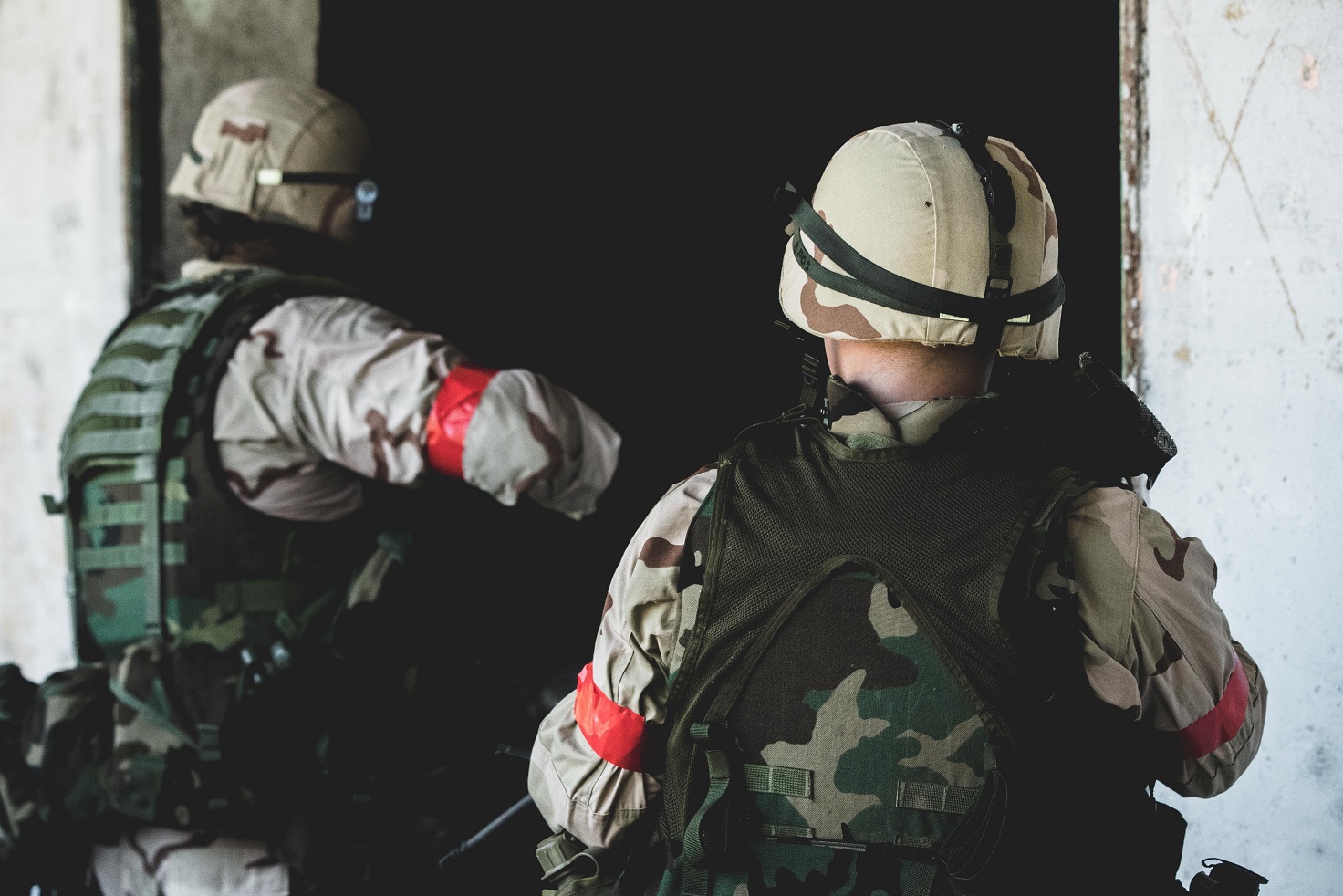The Benefits of AR600 Steel Plates
AR600 steel plates are a type of steel plate that is specifically designed for use in military, law enforcement, and security applications. This type of plate is made from high-quality steel and is designed to offer superior protection from a variety of threats. In this blog post, we will discuss the properties of ar600 plates and why they are so highly sought-after by those in the military, law enforcement, and security industries.
Durability
AR600 steel plates provide superior durability when compared to other types of body armor. This type of steel has been tested to withstand extreme conditions such as extreme temperatures and high-velocity impacts without any significant damage. The durability of these steel plates also means that they are less likely to wear down over time or become damaged due to regular use.
Lightweight
While AR600 steel plates offer superior protection, they also come with the added benefit of being lightweight. This makes them ideal for those who need to be able to move quickly while still being protected from potential threats. The lightweight nature of these plates also makes them easier to store and transport when necessary.
Cost Effective
Finally, AR600 steel plates are cost-effective when compared to other types of body armor on the market. While some body armor can be expensive, this type of plate offers an excellent level of protection without breaking the bank. Additionally, these plates are long-lasting which means that you don’t have to replace them as often as other types of body armor making them even more cost-effective in the long run.
In conclusion, AR600 steel plates provide superior protection from a variety of threats while also being lightweight and cost-effective. These properties make them an ideal choice for those in the military, law enforcement, and security industries who need reliable body armor that won’t break their budget or slow them down while on duty. If you’re looking for reliable body armor then AR600 steel plates should be at the top of your list.
For more articles, please click here.
